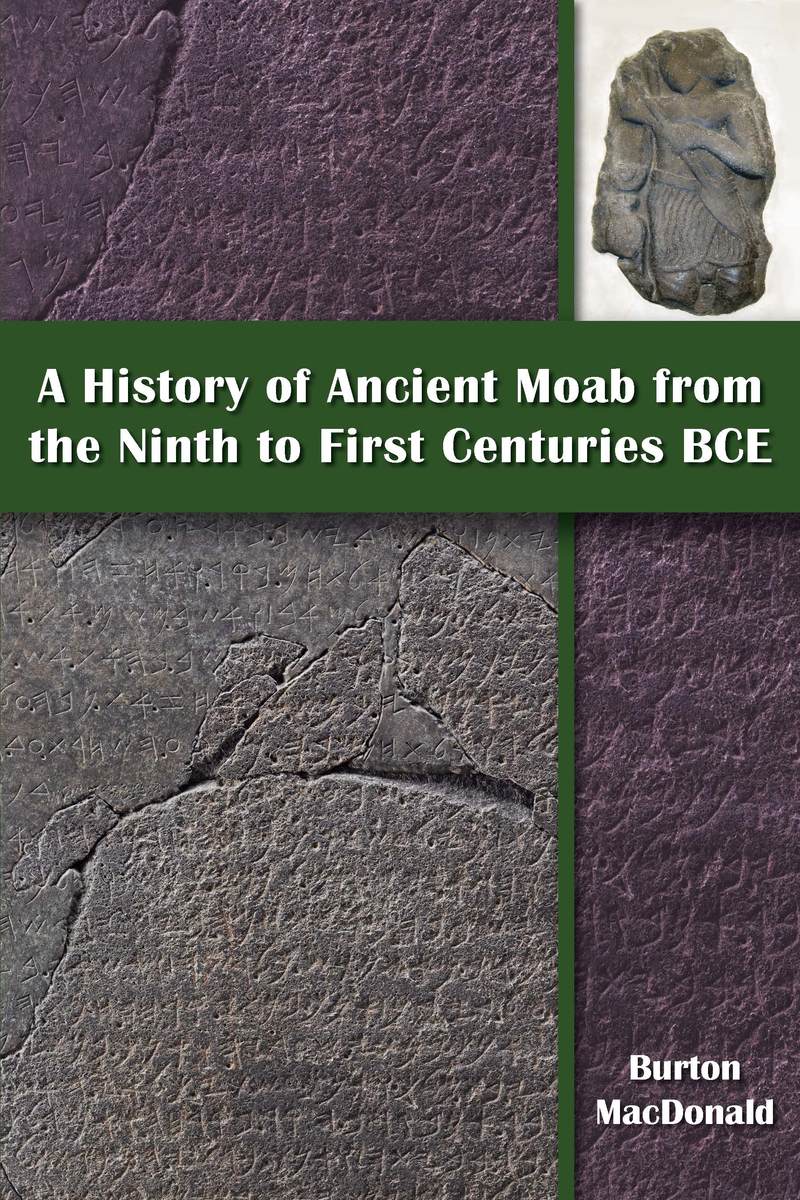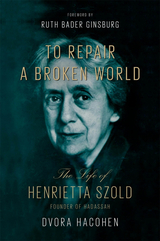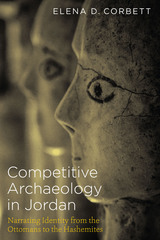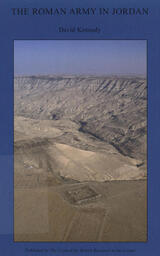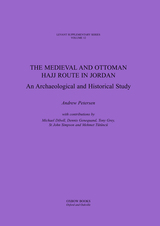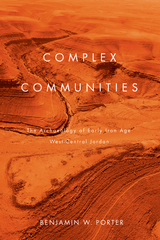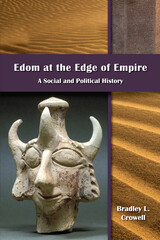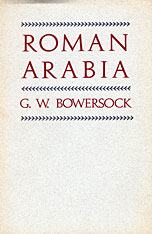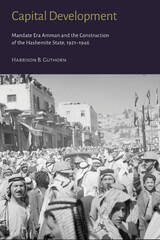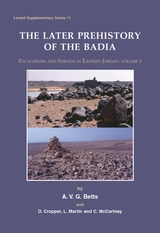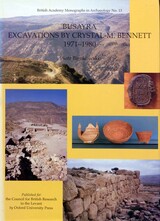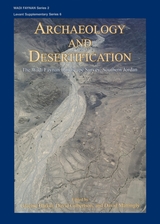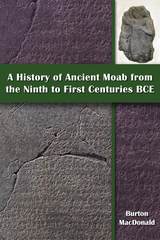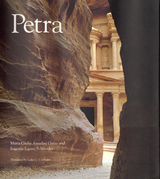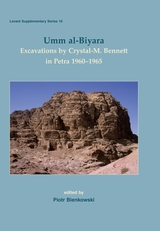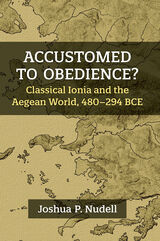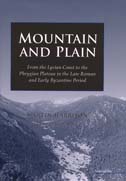eISBN: 978-0-88414-426-7 | Cloth: 978-0-88414-425-0 | Paper: 978-1-62837-268-7
Library of Congress Classification DS154.9.M6
Dewey Decimal Classification 939.462
An essential resource for scholars and students of the Hebrew Bible and history
A History of Ancient Moab from the Ninth to First Centuries BCE incorporates archaeological, epigraphic, biblical, and postbiblical evidence to construct a picture of the formation of Moabite society, polity, religion, and economy. MacDonald prioritizes the archaeological evidence as our most secure source for constructing Moabite history, while drawing on the ninth-century Mesha Inscription, later Assyrian texts, the Hebrew Bible, and Josephus’s Jewish Antiquities to supplement the historical account. MacDonald presents the argument that the Moabites were indigenous Transjordanian, agro-pasturalists called Shûtu or Shasu in Egyptian sources. When provided an opening by warring neighbors, Moab emerged as a nation on the international stage and prospered from the eighth to early sixth centuries under the Assyrian Empire until the rise of the Neo-Babylonians led to their demise.
Features:
- Maps specifying archaeological sites, survey areas, and locations mentioned in texts and inscriptions
- Images of Moabite architectural features and other important artifacts
- An analysis of Neo-Babylonian trade routes that shifted eastward, leading to Moab’s decline
See other books on: Antiquities | Antiquities & Archaeology | Jordan | Middle East | Ninth
See other titles from SBL Press
